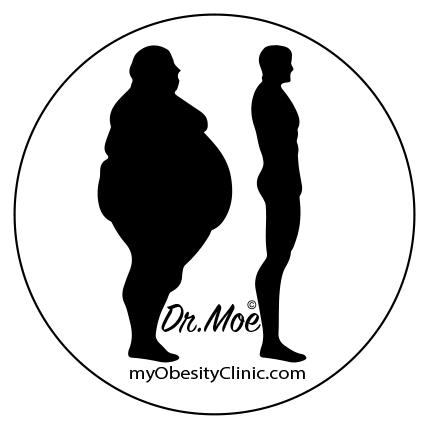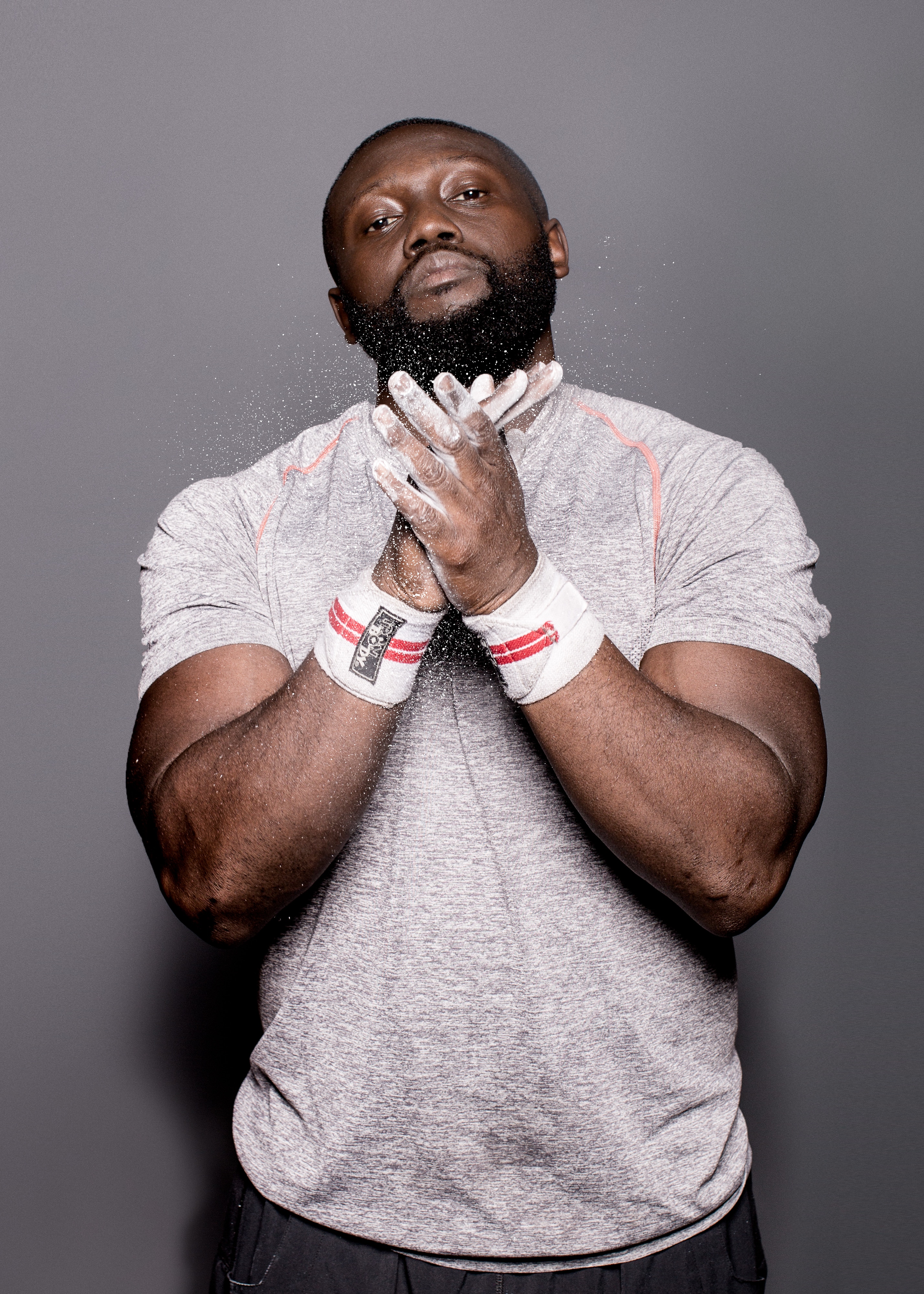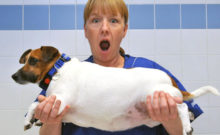Your Goal: Increase Your Confidence
- Know that a total physical fitness program has three components: aerobics (activities that increase heart and breathing rates, such as walking, jogging, biking, and swimming); resistance training (lifting weights); and flexibility (stretching).
- Start by choosing an easy activity, like walking, and setting small goals. You can begin by walking just
5 to 10 minutes at a time with a goal of getting at least 30 minutes of walking during the course of your normal day’s routine.
- Know the basics of workout nutrition, such as staying hydrated and timing meals and snacks so you’re energized for your workouts.
Your Goal: Plan Aerobic Exercise
- Plan aerobics using the FITTE principles (see box).
- To lower your risk of injury, warm up before exercise and cool down after:
Before working out, simply march in place to warm muscles, then slowly increase your pace as you begin your workout.
As you reach the end of your workout, taper your pace to let your heartbeat return to normal. End by stretching your warm muscles.
No two people are going to respond the same way to fitness regardless of how similar they are, so using the FITTE principle helps to create a more tailored experience.
F: Frequency I: Intensity T: Time T: Type E: Enjoyment
Your Goal: Improve Flexibility
- Know the benefits of regularly engaging in a stretching program: stretching releases tension, increases range of motion, and feels good.
- Learn how to stretch from a book, DVD, or class, or use a personal trainer.
- Do your stretching routine at least two or three times per week; five to seven days per week is best.
Resistance Training Basics
- You can use exercise machines, free weights, and/or resistance bands for resistance training. With all methods, get instruction on proper technique from an exercise video/DVD, a book, or a personal trainer.
- When using free weights:
Lift the weight to a count of 2 and lower it to a count of 3 or 4.
Breathe normally throughout the exercise.
Pick a weight load that you can move for 8 to 12 repetitions (reps). At the end of these reps, your muscles should feel tired. If you can’t do at least 8 reps, the weight is too heavy. If you can easily do more than 12 reps, the weight is too light. You are ready to increase the amount of resistance by 5% to 10% when you can do 12 reps using the correct form and posture.
A minimum of one set of 8 to 12 reps, working until the muscle feels tired, is usually enough to see benefits.
- Set a goal to exercise each muscle group at least twice a week, with a minimum of two days of rest in between workouts.
- Work out in front of a mirror so you can check your form periodically.
- Stop if you feel pain!
- Carry a water bottle and be sure to drink enough between routines to stay hydrated.
Your Goal: Build Muscle
- Know the basics of safely starting a resistance training program.
- Devise a resistance training program plan, including where, when, for how long, and how often you will train.



Leave a Comment